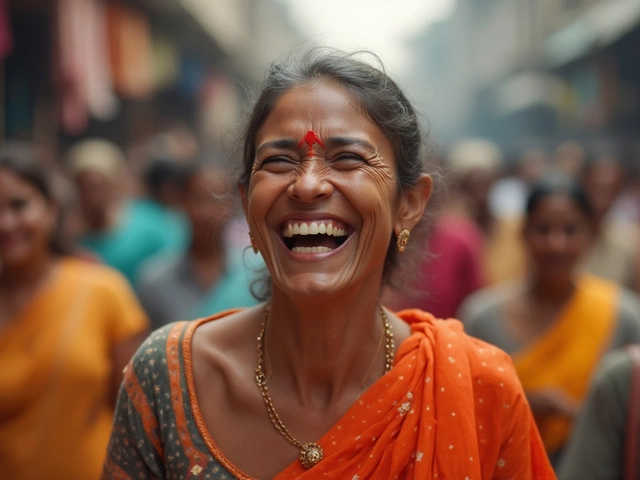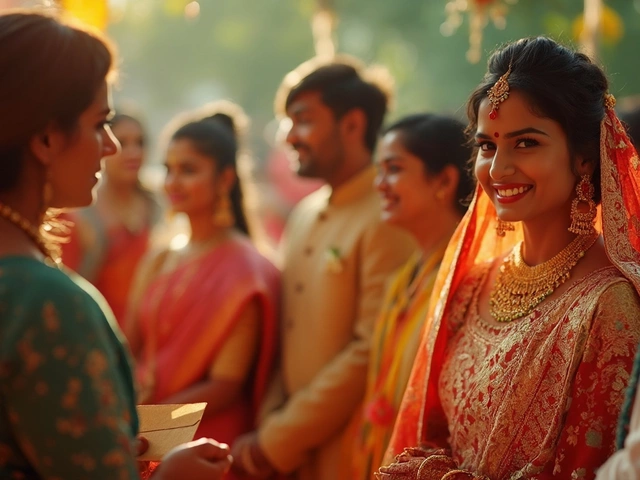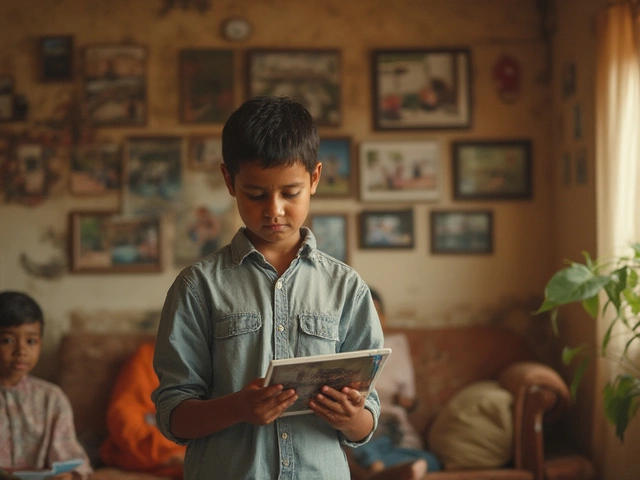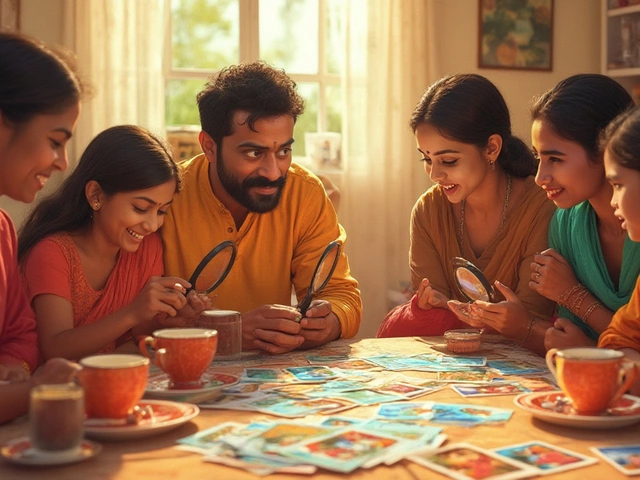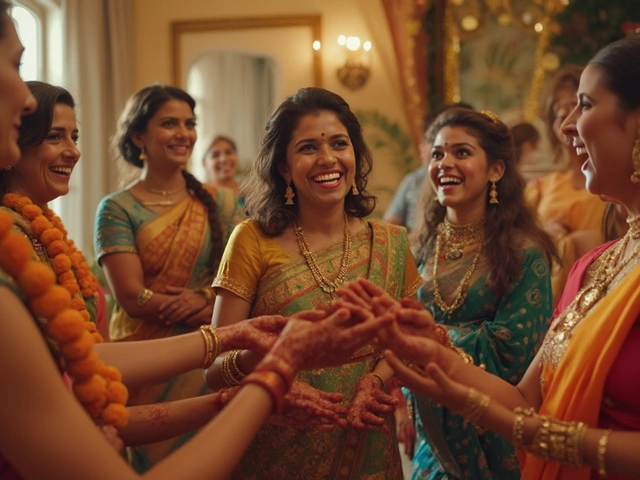Everyone loves a good photo, but the real question is—do you want to remember people posing stiffly or laughing their heads off when they weren’t expecting the camera? If you’re picking a photographer for your wedding, birthday party, or that long-awaited family reunion in India, this choice can actually change the way you look back on the day.
Candid photography is all about capturing people in their natural zone. Imagine your friend cracking up over a joke or the bride wiping away happy tears, with zero poses or ‘look here, smile!’ moments. Traditional photography, on the other hand, is like the old family album—everyone lines up, smiles, and that’s it. It feels safe because you know exactly what you’re going to get, but does it really show the real vibe?
I get it—there’s a comfort in those classic group shots, especially for big family events in India where getting everyone together is half the challenge. But candid photography has this sneaky way of capturing things you didn’t know you’d want to remember—the nervous glances, the chaos before the procession starts, even your uncle trying to sneak an extra ladoo.
- What Makes Candid Photography Unique?
- The Traditional Way: Still Worth It?
- How Do the Costs Compare?
- Which Works Best for Indian Events?
- Real-Life Stories and Mishaps
- Tips for Choosing Your Style
What Makes Candid Photography Unique?
Candid photography is like being a quiet fly on the wall. Instead of asking people to stand in a line and say cheese, photographers snap real smiles, frowns, laughs—everything that happens naturally. The biggest draw? You get pictures that truly show what people were feeling in that moment.
This style exploded in popularity at Indian weddings over the last decade. Why? Couples wanted more than just endless portraits; they wanted to see the wild fun, the backstage nerves, and the goofy dancing that nobody rehearsed. Studies show that more than 60% of urban couples now ask for candid photographers alongside the classic photographers, especially in bigger cities like Mumbai and Delhi.
Here’s what really sets candid photography apart:
- Zero posing: The photographer blends in and waits for genuine reactions instead of staging anything.
- Storytelling: The final album feels like a story instead of a collection of group shots.
- Focus on moments: Candid pros know how to catch important micro-moments—the small looks, tears, giggles, chaos—that might slip by otherwise.
- Flexible shooting: Candid photographers use longer lenses and move constantly, capturing things from a distance without interrupting the event’s natural flow.
If you’re nervous about having your photo taken or hate those forced smiles, this style feels way less awkward. My cousin’s wedding last year had one uncle who just wouldn’t smile on cue. The candid shots? They captured him genuinely laughing three times—the only record those moments happened at all.
Let’s look at a quick breakdown comparing traditional and candid shots from typical events:
| Photography Type | Prep Needed | Natural Feel | Memorable Moments |
|---|---|---|---|
| Candid | None | High | Spontaneous, real |
| Traditional | Lots (posing, prepping) | Low | Main events/posed groups |
Another big plus: candid photographers catch the true chaos of Indian functions. Think of baraats, haldi mishaps, cousins photobombing—that’s the stuff people love to laugh at later. These days, I keep seeing friends posting their candid wedding photos and honestly, those goofy, unexpected moments get way more likes and comments than posed group pictures.
The Traditional Way: Still Worth It?
Let’s be honest—traditional photography still holds a strong place in Indian events, especially when you think about how many people want those classic group shots. Relatives travel from all over just for that one photo. In fact, about 80% of Indian wedding albums still start with a tightly arranged family picture. Your grandparents expect these prints for their living room. Sometimes, nothing beats the obvious.
With candid photography grabbing all the hype, traditional might look a bit old-school. But it’s reliable. You always know you’ll get a photo with all the important people in one frame, faces clear. Even event planners in India say traditional photos save the day when it comes to documenting who attended special milestones, like a 50th anniversary or naming ceremony. No missed faces here!
Here’s where traditional photography still shines:
- You can quickly organize big family or friend groups for keepsake shots.
- Posed photos make it easy for elders and kids who get awkward if they don’t know what to do.
- Cultural or religious rituals require structured shots for records and sometimes even legal paperwork.
Check out this quick comparison of how often people choose each style during big Indian celebrations in 2024.
| Event Type | Traditional Only | Candid Only | Both Styles |
|---|---|---|---|
| Weddings | 32% | 14% | 54% |
| Birthday Parties | 48% | 10% | 42% |
| Festivals | 30% | 20% | 50% |
Is it outdated? Not really. Most families combine both styles, but you can see a lot still pick traditional out of comfort or habit. It’s a sure-shot way to guarantee you don't miss anyone who made the effort to show up. So if you’re worried about leaving relatives out of the album, traditional photography isn’t going anywhere soon.
How Do the Costs Compare?
The difference in price between candid photography and traditional photography in India can be massive. I’m not talking about a few hundred bucks; sometimes you’re looking at double or even triple for candid work. But why?
Traditional photography is more about sticking to a tried-and-tested formula: stand here, pose there, click. Because it’s pretty routine, the gear needed isn’t super high-end, and photographers can manage more people in less time. That means lower rates.
Candid shoots are a whole different game. Your photographer has to be alert all the time, hunt for good lighting, catch split-second emotions, and use premium gear (think fast lenses, top-end cameras). It’s almost like hiring someone to make a short movie out of your big day, one frame at a time.
If you want numbers, here’s a quick look at average rates in 2024 for weddings in top Indian cities:
| Style | Delhi | Mumbai | Bangalore | Kolkata |
|---|---|---|---|---|
| Traditional | ₹15,000-₹25,000/day | ₹18,000-₹28,000/day | ₹16,000-₹24,000/day | ₹14,000-₹22,000/day |
| Candid | ₹30,000-₹60,000/day | ₹32,000-₹65,000/day | ₹28,000-₹55,000/day | ₹27,000-₹50,000/day |
The price goes up for things like extra photographers, fancy albums, and drone shots. If you’re hiring a popular candid photographer—some even have waiting lists—you might pay a premium just for the brand.
- If you care about budget, but don’t want boring photos, try a combo package. Most studios offer a mix of both styles to fit your wallet and needs.
- Don’t forget to ask what’s included. Some packages only give you soft copies, while others throw in coffee table books, reels, or same-day edits.
- Always check sample photos and reviews. Sometimes a new-to-the-scene candid photographer gives awesome results at much lower rates.
Bottom line? Decide what matters more—lots of group shots at a lower price, or fewer but more real, emotional moments with a bigger ‘wow’ factor.
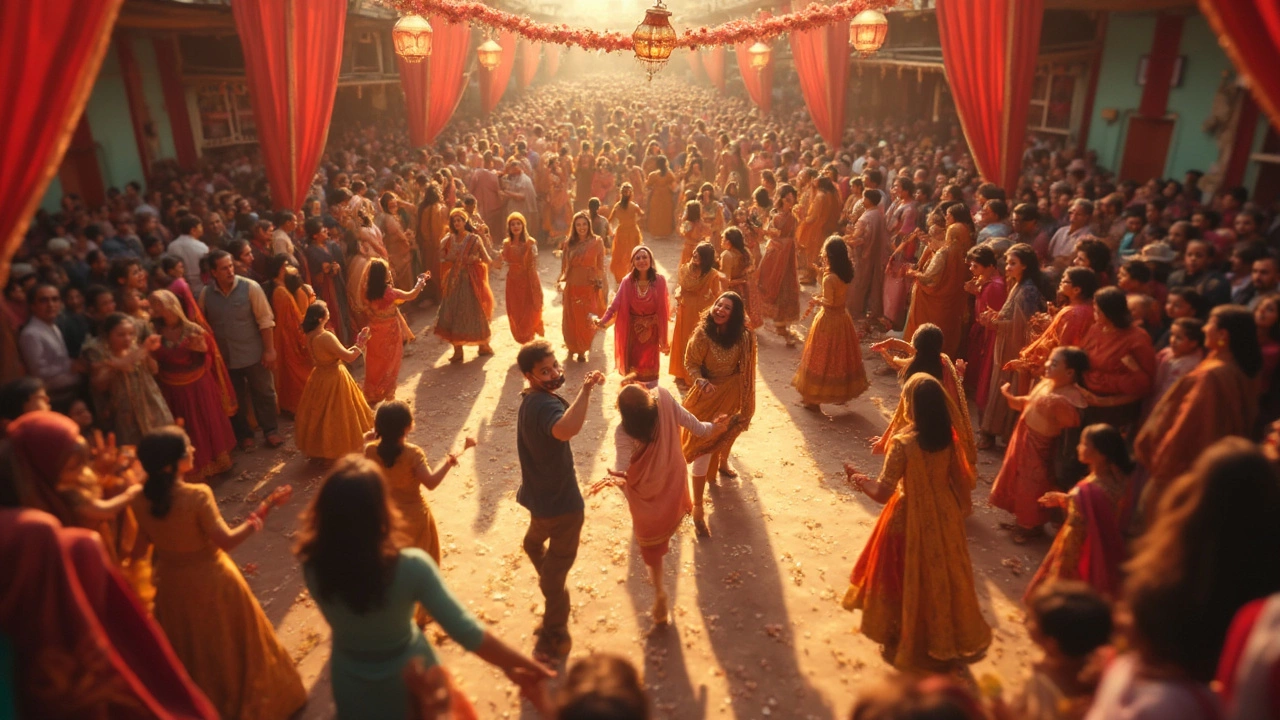
Which Works Best for Indian Events?
Indian events are on a different level—crowds, colors, emotions everywhere, and about ten things happening at once. Now, if you’re thinking of hiring a photographer, the big question is which style actually keeps up: candid or traditional?
Let’s get real. Indian weddings, birthdays, or even pujas usually have hectic moments—processions, rituals, and that last-minute hustle. Candid photography comes in handy during all this organized chaos because it can catch the real expressions, not just frozen smiles. A candid photographer moves through the crowd, blending in to capture the laughter, hugs, awkward dance moves, and teary-eyed relatives right when it’s happening. This is why so many couples in cities like Mumbai, Delhi, and Bangalore are ditching the old format for candid pros—those unplanned shots end up feeling way more authentic.
But don’t write off traditional photography just yet. Weddings and big family get-togethers often need proof everyone showed up—full family portraits, group snaps with relatives from abroad, and proper posed shots for your wall. Traditional photographers know how to round everyone up (including the reluctant chacha hiding in the kitchen).
If you’re torn between the two, plenty of families go for a mix. Some events even have two sets of photographers—one for posed photos, one lurking in the crowd for those golden moments. Here’s a quick look at the kind of shots each style delivers at Indian events:
- Candid: First look reactions, emotional hugs, wild baraat arrivals, kids goofing around, people lost in prayer, dance battles, real laughter.
- Traditional: Entire family portraits, key rituals (like exchanging garlands), formal couple shots, photos with guests, ‘posing with every relative’ series.
And if you’re the numbers type, here’s how popular each style is getting in India based on a 2024 survey of urban wedding planners:
| Style | Preferred for Weddings (%) |
|---|---|
| Candid | 62 |
| Traditional | 38 |
So, Indian events rarely pick just one style. If you’re serious about memories that feel real, go candid. But if you know your parents want that official group shot on the living room wall, you’ll need some traditional vibes too. Your album matters, but so does keeping everyone happy—especially the older folks!
Real-Life Stories and Mishaps
When it comes to Indian weddings, I've seen both candid and traditional photography have their shining moments—and their rough patches. One time at my cousin's shaadi in Mumbai, the candid photographer snapped a shot of my aunt accidentally knocking over the mithai tray while dancing. That photo? It’s now legendary in the family because it shows the chaos and fun we were actually having, not just another posed group smile. Stuff like this gets everyone talking, mostly because it's real, not staged.
But sometimes, going full candid can backfire. At a friend’s wedding in Jaipur, the couple ended up with almost no proper group photos with their parents. Their photographer was so focused on unstaged moments that he forgot those must-have family portraits. The bride’s mom had to round everyone up after the ceremony for last-minute group shots, and you could just tell by everyone’s faces that they were already tired and distracted. Lesson learned—sometimes playing it safe with a few planned pics is worth it, especially for traditional parents who love a well-posed album.
I’ve also seen technical mishaps that only get noticed weeks later. One candid wedding photographer in Delhi forgot to change his ISO setting after moving from a bright outdoor mandap to the dim reception hall. Half the key candid shots looked grainy. The groom was upset, but the photographer explained that this risk comes with shooting in the moment. Sure, you get raw emotions—but sometimes you also get mistakes the camera can’t fix in Photoshop.
It’s not all horror stories, though. A lot of the best wedding albums I’ve browsed—mine included—mix both styles. Our traditional shots have everyone standing tall and proud (grandparents love them), while the candid snaps catch my son Kiaan sneaking gulab jamun behind my back, which cracks me up every time I see it.
Here’s what stands out when you look at actual events:
- Candid photography brings out the real vibe but needs a careful eye for what’s truly important, especially during group moments.
- Traditional style is reliable for the must-have family photos, but if you stick only to that, you’ll miss out on the messy, funny stuff that brings an album to life.
- If you hire separate shooters for both, make sure they coordinate, or you’ll end up with photographers fighting for the good spots during the main events.
In the world of candid photography in India, a little planning always helps keep those mishaps from becoming full-blown regrets.
Tips for Choosing Your Style
Here’s the thing: picking between candid and traditional isn’t as simple as flipping a coin. Think about what really matters most to you—genuine reactions, or everyone looking neat and tidy in the frame?
- candid photography is great if you want to capture the true vibe of your event, like those inside jokes and unfiltered hugs. But sometimes, parents (like mine!) still want those traditional group shots for the living room wall.
- Check your crowd. Some people freeze up when they see a camera. If your group is shy, a good candid photographer will melt into the background and click away without making it awkward.
- Budget matters. Candid photographers often charge a bit more—usually about 20-30% higher than traditional—because it’s more unpredictable and post-processing takes longer. Below’s a table with rough estimates based on recent rates in major Indian cities.
| Style | Avg. Cost (Per Day, INR) | Main Feature |
|---|---|---|
| Candid | ₹40,000 – ₹80,000 | Natural, unposed moments |
| Traditional | ₹25,000 – ₹50,000 | Posed, guaranteed group shots |
Here’s some advice a well-known Delhi wedding photographer, Aman Chawla, gave me last year:
"When families ask me which style to choose, I always say: decide what you want when you open your album 10 years from now. Would you rather see raw emotions, or do you care more about seeing everyone’s face clearly in one shot?"
- If you can’t decide, ask for a combo package. Almost all top photographers in India now offer teams where one person goes for candid shots and another handles traditional. That way, you won’t miss out on anything.
- Review portfolios before booking. Don’t just trust what’s on Instagram—ask to see full albums from similar events. You’ll spot if the vibe matches what you want.
- Talk openly with your photographer about family expectations, pet peeves, or anything you feel strongly about. Good photographers like to plan ahead, not just show up and wing it.
No matter which way you lean, what counts is finding someone whose style you genuinely like (and who you’d actually get along with for a whole day). Your memories aren’t just snapshots—they’re a piece of your story.

